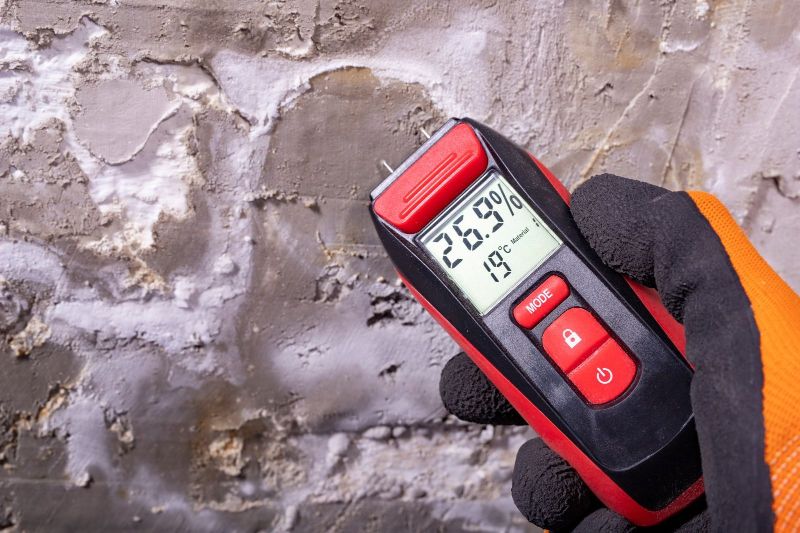Natural disasters such as floods, hurricanes, and tornadoes can cause significant damage to homes and businesses. The aftermath of these disasters can be devastating, leaving behind a trail of destruction and chaos. One of the most critical aspects of disaster restoration is mold testing and remediation. Mold can pose a significant threat to the health and safety of individuals, and it is important to take immediate action to address any mold-related issues. In this article, we will discuss the importance of mold testing and remediation in disaster restoration.
Mold and Health Risks
Mold is a type of fungus that grows in damp and humid conditions. It can grow on any surface, including walls, ceilings, carpets, and furniture. Exposure to mold can cause a range of health problems, including respiratory issues, allergies, and infections. People who are most at risk include those with weakened immune systems, asthma, and allergies.
Mold Testing
Mold testing is a critical step in the disaster restoration process. It involves inspecting the affected area for the presence of mold and identifying the type of mold present. Mold testing can be done in several ways, including air testing, surface testing, and bulk testing.
Air testing involves collecting air samples to determine the concentration of mold spores in the air. Surface testing involves taking samples from surfaces to determine if mold is present. Bulk testing involves collecting materials such as drywall or carpet to determine if mold is present.
Mold Remediation
Mold remediation is the process of removing mold from the affected area. It is a critical step in the disaster restoration process to ensure the health and safety of individuals. Mold remediation involves several steps, including identifying the source of moisture, containing the mold, removing the mold, and cleaning and sanitizing the affected area.
Identifying the Source of Moisture
Identifying the source of moisture is critical to preventing mold growth. If the source of moisture is not addressed, mold will continue to grow and spread. Common sources of moisture include leaky pipes, roof leaks, and floods. Once the source of moisture is identified, it must be fixed to prevent further mold growth.
Containing the Mold
Containing the mold is critical to preventing it from spreading to other areas of the building. This can be done by closing off the affected area and using barriers such as plastic sheeting to prevent mold spores from spreading.
Removing the Mold
Removing the mold is a critical step in mold remediation. This involves removing all visible mold from surfaces and materials. In some cases, it may be necessary to remove contaminated materials such as drywall or carpet.
Cleaning and Sanitizing
Cleaning and sanitizing the affected area is critical to ensure that all mold spores are removed. This involves using specialized cleaning solutions and equipment to thoroughly clean and sanitize the affected area.
Importance of Professional Mold Testing and Remediation
Mold testing and remediation are best left to professionals with experience in disaster restoration. Professionals have the necessary equipment and expertise to identify the type of mold present and determine the best course of action for remediation.
Professionals also have the necessary protective equipment to ensure their safety during the remediation process. Mold remediation can be dangerous, and individuals attempting to remove mold on their own may put themselves at risk of exposure to mold spores.
In addition, professionals have the necessary equipment to properly clean and sanitize the affected area. This ensures that all mold spores are removed, and the area is safe for individuals to return to.
Mold can pose a significant threat to the health and safety of individuals, and it is important to take immediate action to address any mold-related issues. Mold testing and remediation are critical steps in disaster restoration to ensure the safety of individuals and prevent further damage to the building.

